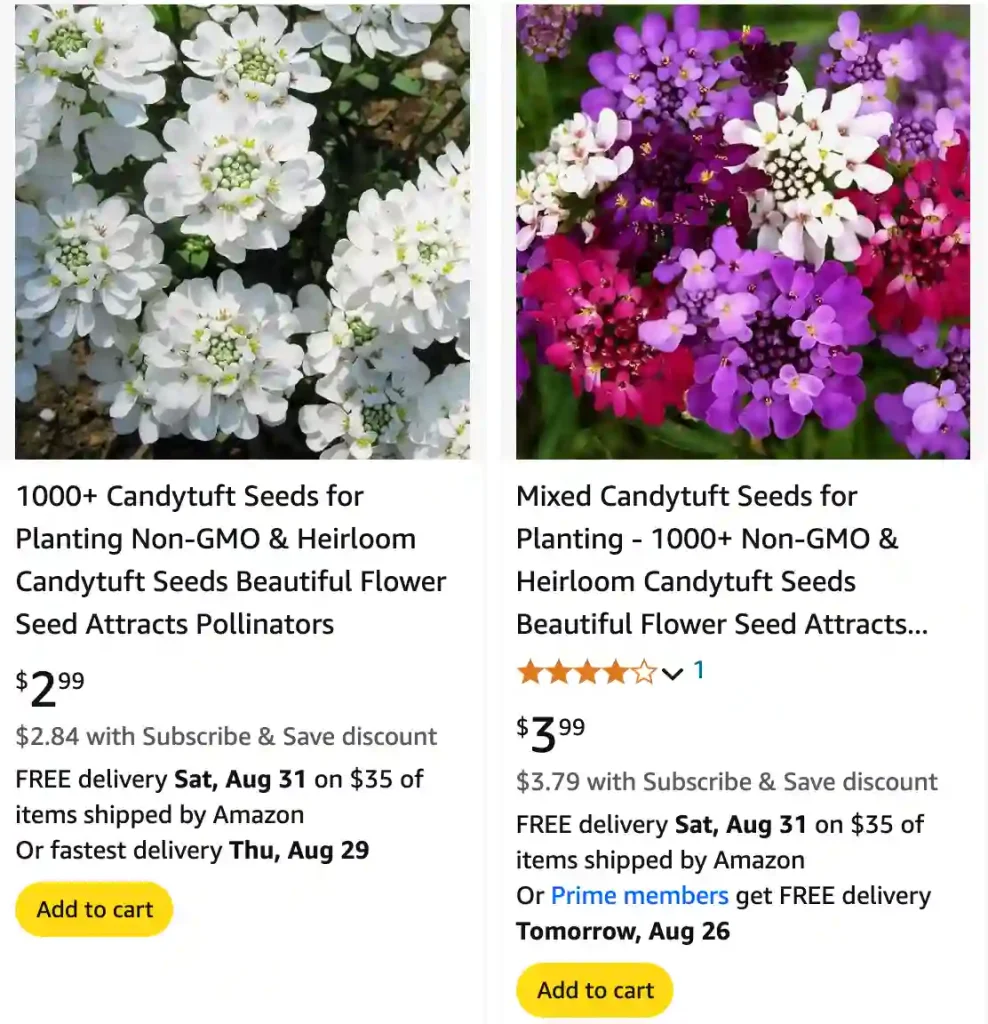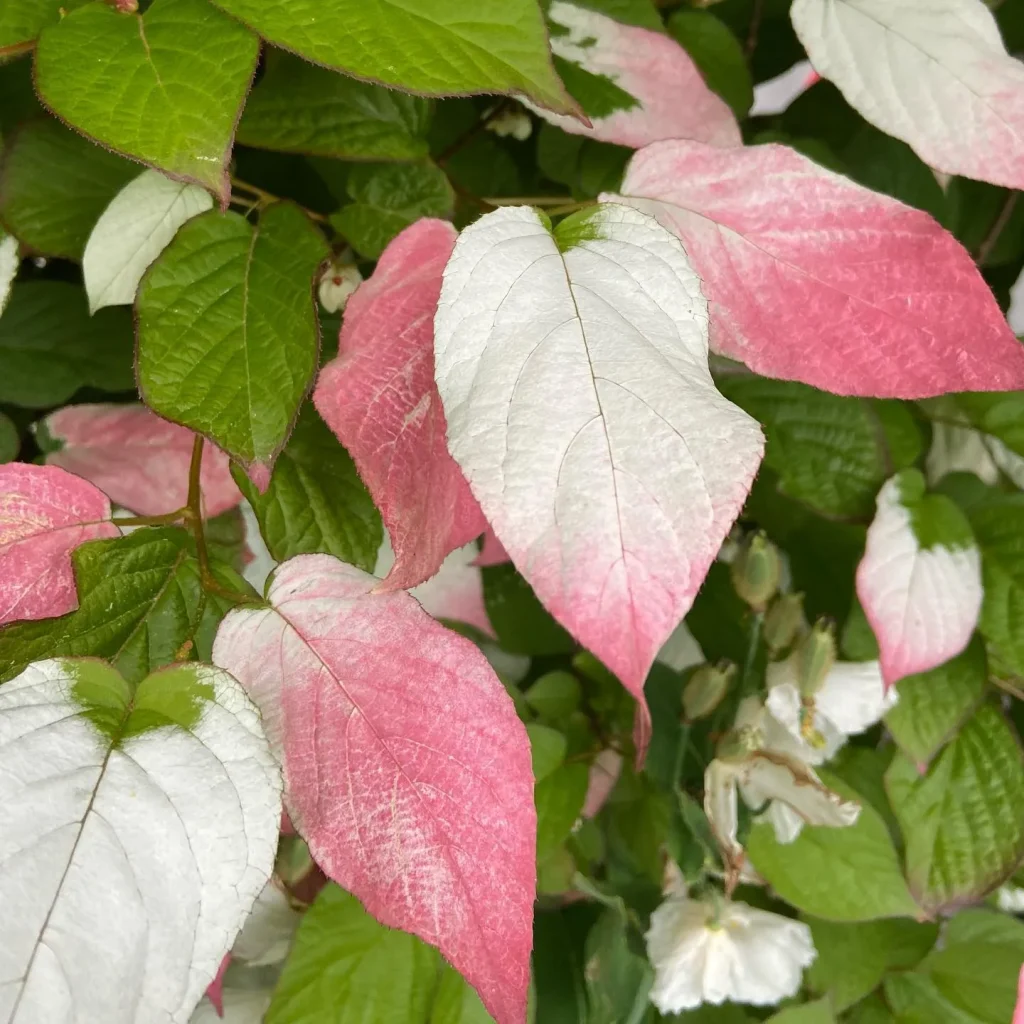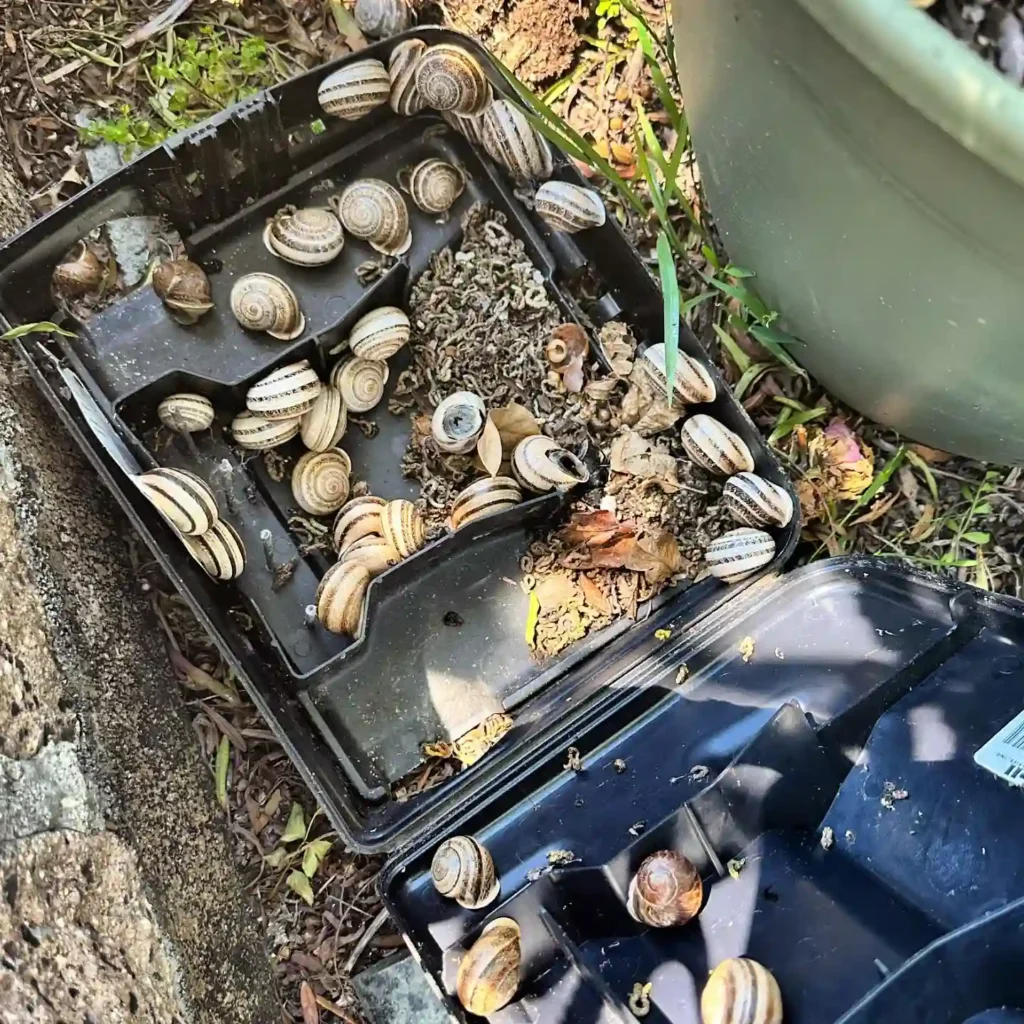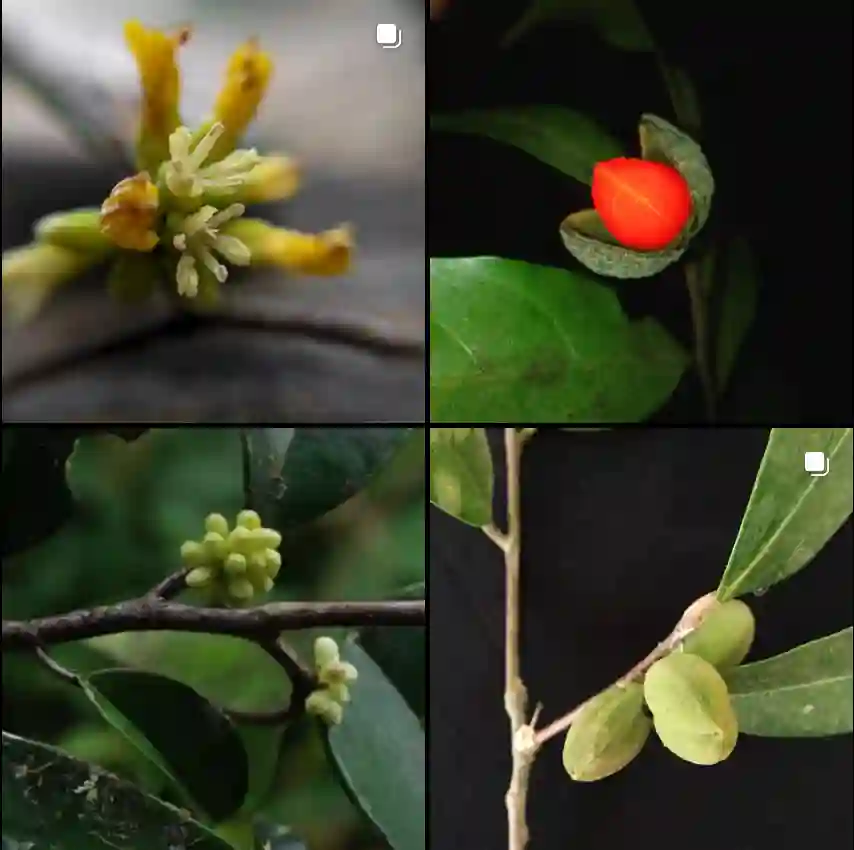
FAQs About Candytuft
Candytuft has always been a favorite in my garden due to its vibrant blooms and hardy nature. If you’re considering adding this plant to your garden, you might have some questions. Here’s a rundown of the most common FAQs about Candytuft.
Iberis: A Gardener’s Delight
I’ve always been drawn to the delicate beauty of Iberis, commonly known as candytuft. There’s something about the profusion of tiny flowers clustered together, creating a blanket of white, pink, or purple that just captivates me. It’s a genus of flowering plants belonging to the Brassicaceae family, which also includes familiar vegetables like cabbage and broccoli. But unlike their edible relatives, Iberis species are primarily ornamental, prized for their ability to brighten up gardens and landscapes.
The name “candytuft” might conjure images of sweet treats, but it actually has nothing to do with candy. The name originates from Candia, the former name of Heraklion on the island of Crete, where some of the first Iberis species were introduced to Europe. This bit of etymology always reminds me of the rich history hidden within the seemingly simple things around us.
Diverse Species for Varied Landscapes
One of the things I appreciate most about Iberis is the diversity within the genus. With around 40 species of annuals, evergreen perennials, and subshrubs, there’s an Iberis for almost any garden setting. Here are:
- Iberis amara L.
- Iberis atlantica (Litard. & Maire) Greuter & Burdet
- Iberis attica Jord.
- Iberis aurosica Chaix
- Iberis balansae Jord.
- Iberis bernardiana Gren. & Godr.
- Iberis carica (Bornm.) Prain
- Iberis carnosa Willd.
- Iberis ciliata All.
- Iberis contracta Pers.
- Iberis fontqueri Pau
- Iberis gibraltarica L.
- Iberis grosii Pau
- Iberis gypsicola Yıld.
- Iberis halophila Vural & H.Duman
- Iberis intermedia Guers.
- Iberis linifolia L.
- Iberis nazarita Moreno
- Iberis odorata L.
- Iberis pectinata Boiss. & Reut.
- Iberis peyerimhoffii Maire
- Iberis pinnata L.
- Iberis procumbens Lange
- Iberis runemarkii Greuter & Burdet
- Iberis saxatilis L.
- Iberis semperflorens L.
- Iberis sempervirens L.
- Iberis simplex DC.
- Iberis spathulata DC.
- Iberis spruneri Jord.
- Iberis timeroyi Jord.
- Iberis umbellata L. Plant FAQs: Iberis Umbellata
Is Candytuft a Perennial?
Yes, Candytuft is a perennial plant. It comes back year after year, providing consistent color and beauty to your garden. This is one of the reasons I love it so much—once established, it requires minimal upkeep.
Is Candytuft Deer Resistant?
Absolutely. Candytuft is known for being deer resistant. This quality makes it an excellent choice if you live in an area where deer are a problem. I’ve found that even though deer may nibble on other plants, Candytuft remains untouched.
Do Candytuft Spread?
Candytuft does spread, but not aggressively. It typically forms a low, spreading mound of foliage. I’ve noticed that it expands gradually, creating a lovely ground cover without taking over other plants. This makes it ideal for filling in spaces without being invasive.
How Long Does Candytuft Bloom?
Candytuft usually blooms from late spring to early summer. In my garden, I get a burst of color that lasts for several weeks. The blooms are a sight to behold, and they add a wonderful touch of brightness to the garden.
Why Is My Candytuft Dying?
If your Candytuft is dying, there could be several reasons. Common issues include poor drainage, overwatering, or fungal diseases. I’ve learned that Candytuft prefers well-drained soil and moderate watering. It’s also important to ensure good air circulation around the plant to prevent fungal problems.
Do Candytuft Bloom All Summer?
No, Candytuft does not bloom all summer. Its flowering period is relatively short, usually lasting from late spring to early summer. However, the foliage remains attractive throughout the growing season. If you’re looking for continuous bloom, you might consider pairing it with other plants that have staggered blooming periods.
How to Grow Candytuft?
Growing Candytuft is quite straightforward. It prefers full sun to partial shade and well-drained soil. I’ve had the best results by planting it in a spot where it gets at least 6 hours of sunlight a day. Start seeds indoors or direct sow them in the garden after the last frost. Keep the soil consistently moist until the plants are established.
How to Prune Candytuft?
Pruning Candytuft helps maintain its shape and encourages healthy growth. I usually prune it after the flowering period is over. Remove spent flowers and any dead or damaged stems. This not only keeps the plant looking tidy but also promotes new growth for the next season.
Is Candytuft Poisonous to Cats?
No, Candytuft is not known to be poisonous to cats. I’ve never had any issues with my cats around this plant, and it’s generally considered safe for pets. However, as with any plant, it’s always best to monitor your pets and consult with your veterinarian if you have concerns.
Is Candytuft Poisonous to Dogs?
Similar to cats, Candytuft is not considered poisonous to dogs. My dogs have roamed freely in my garden with no adverse effects from Candytuft. Still, it’s a good idea to keep an eye on your pets and seek advice from your vet if needed.
When Does Candytuft Bloom?
Candytuft typically blooms from late spring to early summer. In my experience, the exact timing can vary based on your location and climate. It’s always a treat to see those vibrant white or pink flowers appear each year.
Candytuft vs Sweet Alyssum
Candytuft and Sweet Alyssum are often compared due to their similar appearance and growth habits. Candytuft has a more upright, mounding form with larger flowers, while Sweet Alyssum tends to spread more and has smaller, more delicate blooms. Both are excellent for ground cover, but Candytuft offers a more pronounced color impact.
Candytuft vs Phlox
Candytuft and Phlox both add lovely color to the garden, but they differ in their growth habits and blooming periods. Phlox typically has a longer blooming period and comes in a wider range of colors, while Candytuft’s bloom period is shorter but provides a dense, compact flower display.
Candytuft vs Snow in Summer
Candytuft and Snow in Summer (Cerastium) are both used for ground cover but have different characteristics. Snow in Summer has silver foliage and smaller white flowers, while Candytuft’s blooms are larger and more colorful. Candytuft usually has a more upright growth habit compared to the spreading nature of Snow in Summer.
Candytuft vs Sweet Woodruff
Candytuft and Sweet Woodruff (Galium odoratum) serve different purposes in the garden. Candytuft is known for its colorful blooms and is often used for its visual appeal. Sweet Woodruff, on the other hand, is valued for its fragrant foliage and is often used as a ground cover in shaded areas.
Candytuft vs White Verbena
Candytuft and White Verbena are both excellent choices for adding white color to your garden. Candytuft offers a more compact, mound-like growth with a shorter blooming period, while White Verbena spreads more and has a longer flowering season. Both can be used effectively in garden beds and containers, depending on your needs.
What is the Best Way to Care for Candytuft?
Candytuft thrives with minimal care. Provide it with full sun to partial shade and ensure the soil is well-drained. Water it regularly, but avoid waterlogging. Prune after flowering to maintain its shape and remove any dead or damaged stems.
How to Propagate Candytuft?
Propagating Candytuft is usually done through seeds or cuttings. Start seeds indoors about 8-10 weeks before the last frost or sow directly in the garden. For cuttings, take stem cuttings in late summer and root them in a well-draining mix.
What to Plant with Candytuft?
Candytuft pairs well with other perennials and annuals that have similar growing conditions. Consider planting it alongside lavender, salvia, or other low-growing ground covers. This creates a harmonious and visually appealing garden space.
Candytuft has been a fantastic addition to my garden, offering beauty and resilience. By addressing these common questions and understanding its needs, you can enjoy a thriving, colorful display for years to come.
If i die, water my plants!



